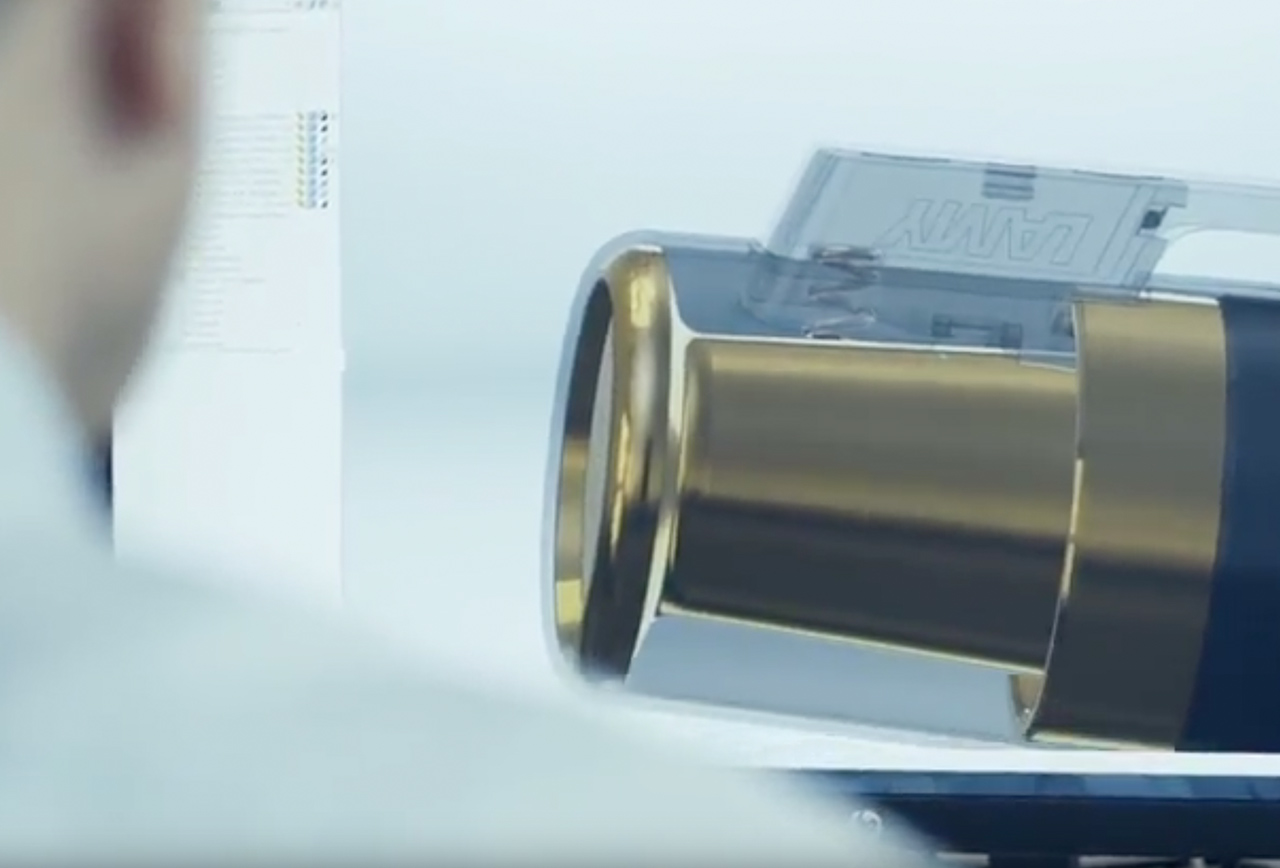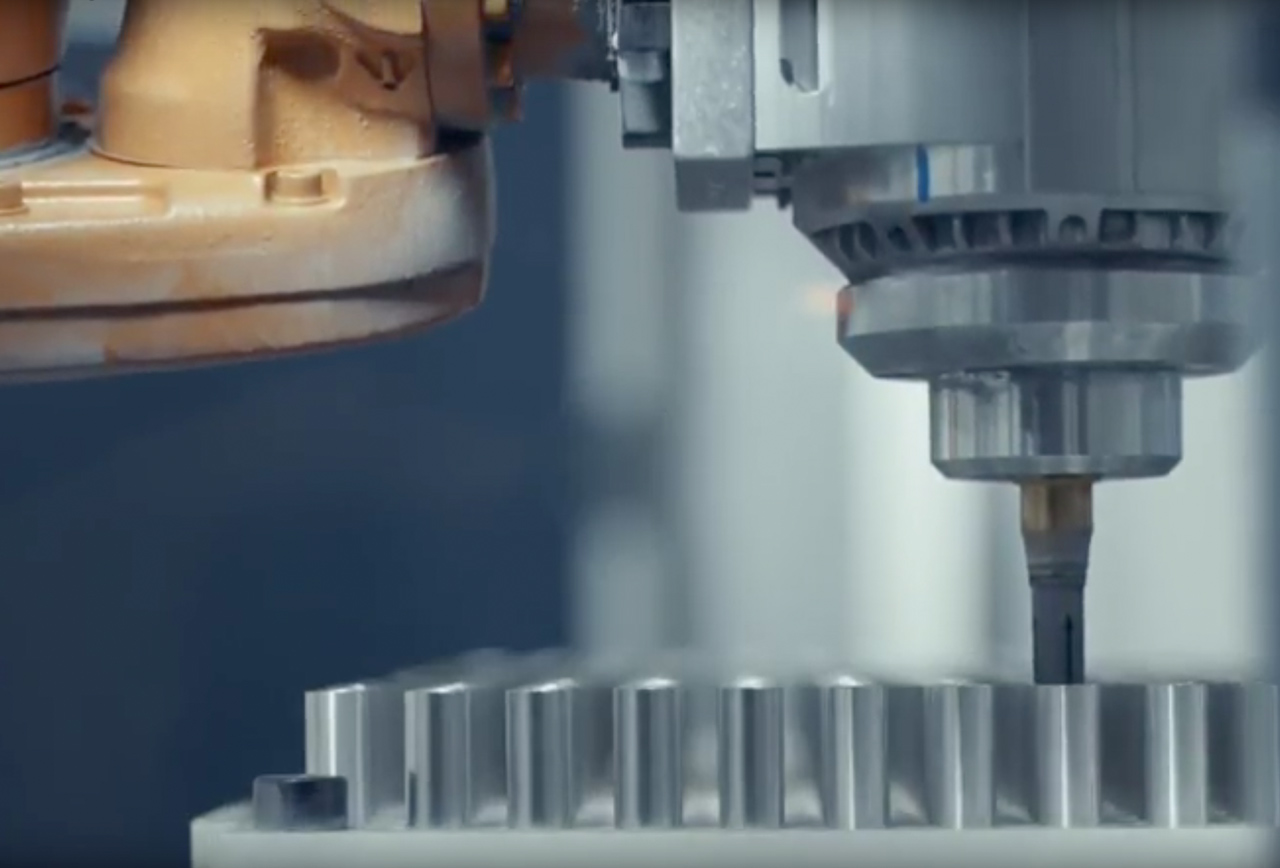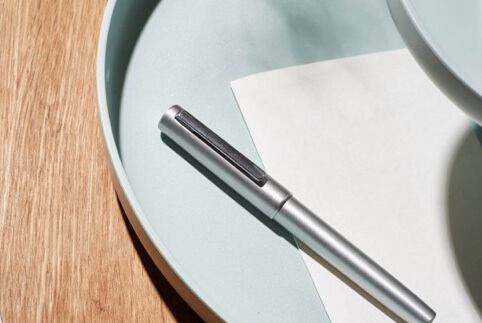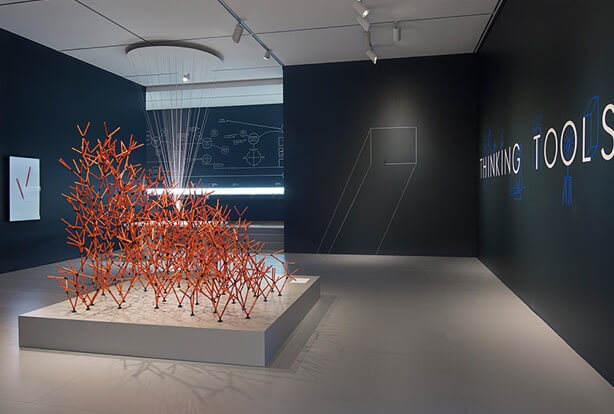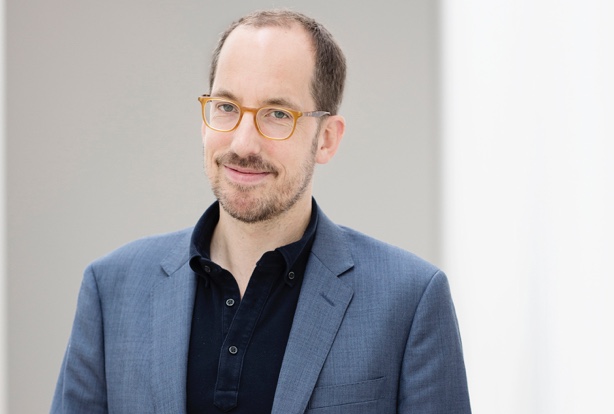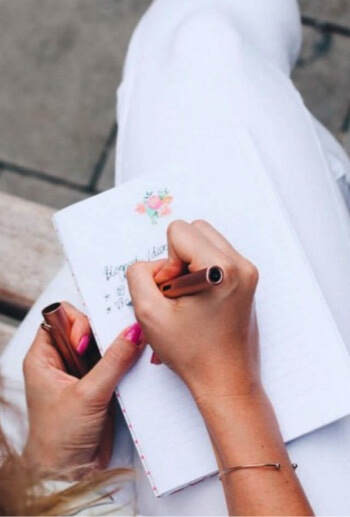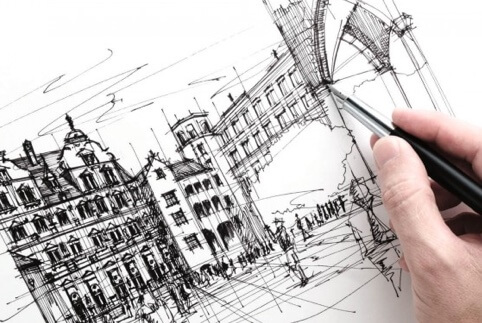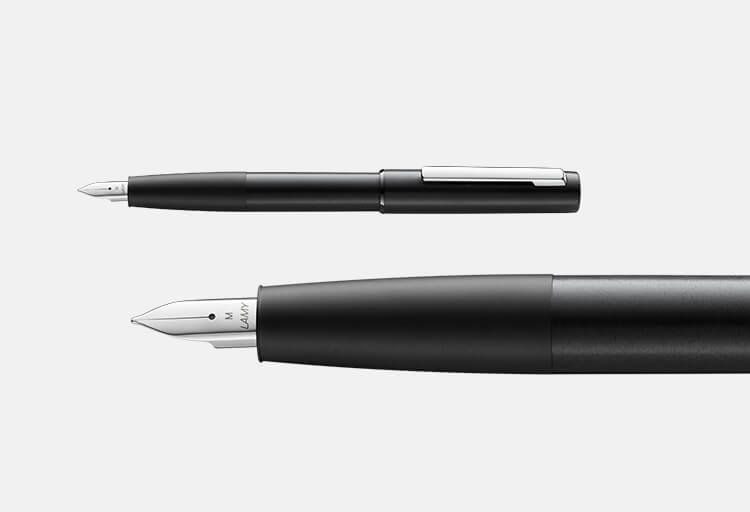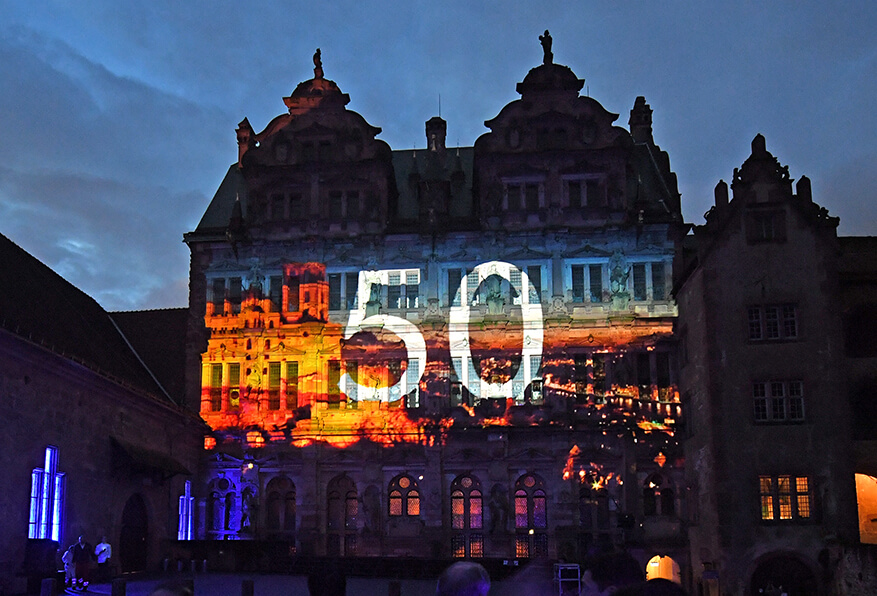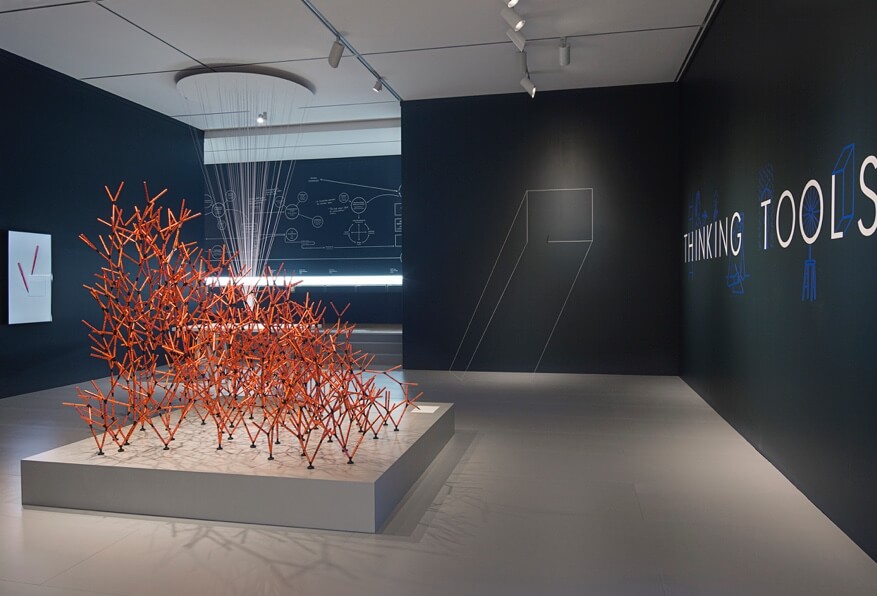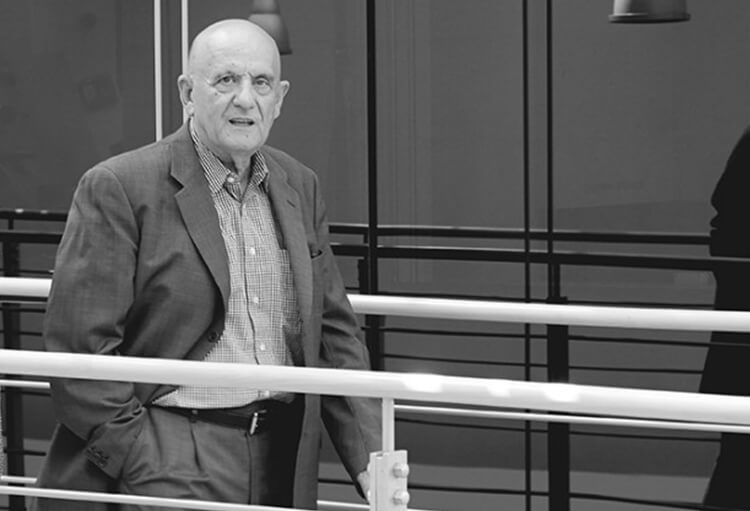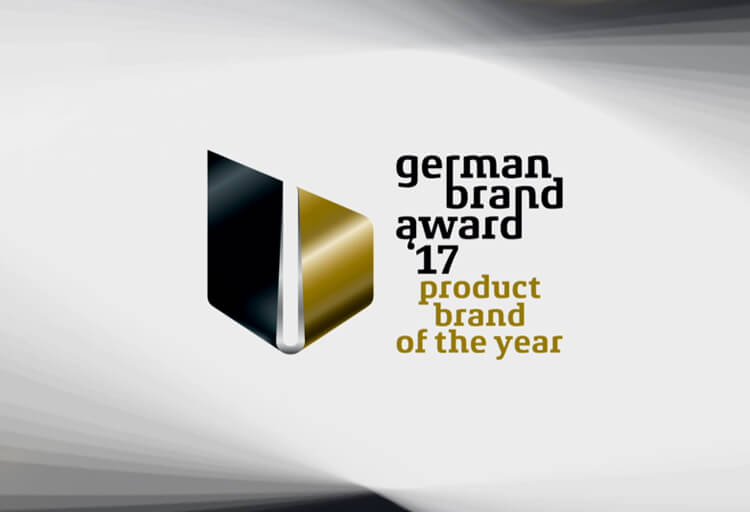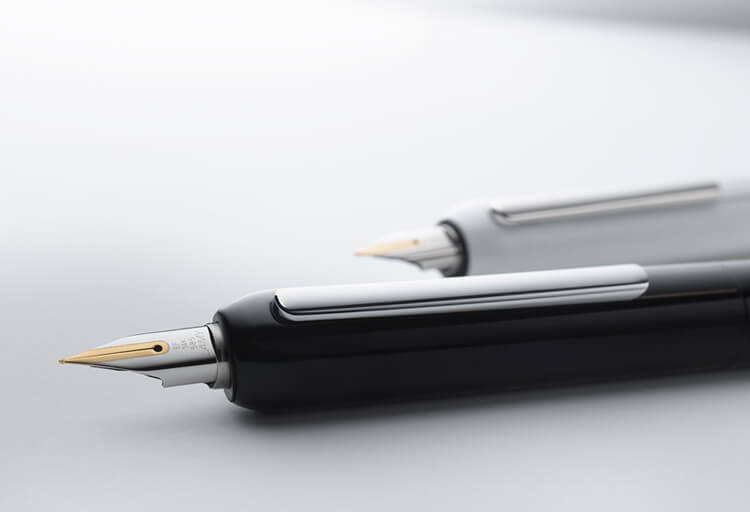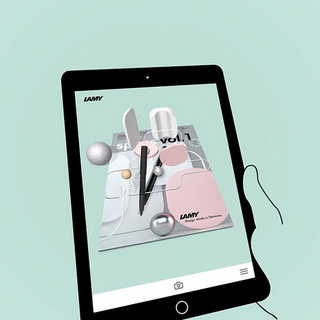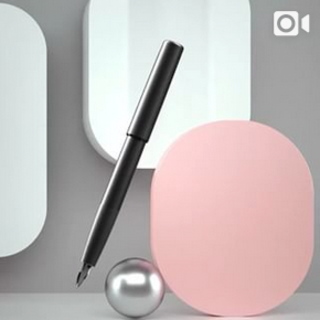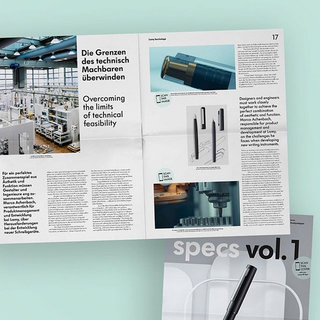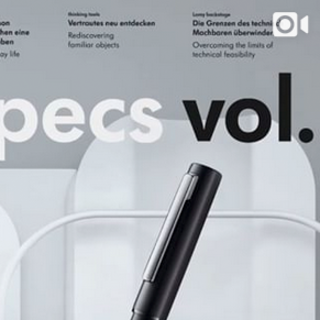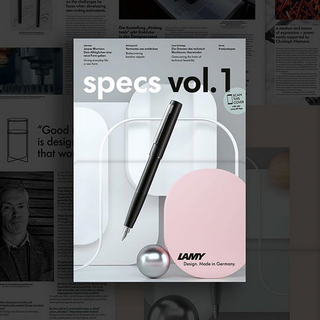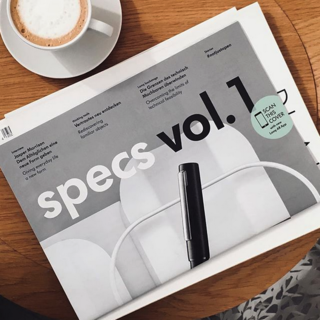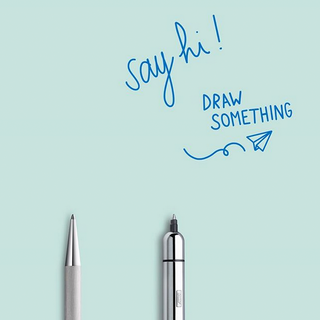Overcoming the limits of technical feasibility
Designers and engineers must work closely together to achieve the perfect combination of aesthetic and function. Marco Achenbach, responsible for product management and development at Lamy, on the challenges he faces when developing new writing instruments.
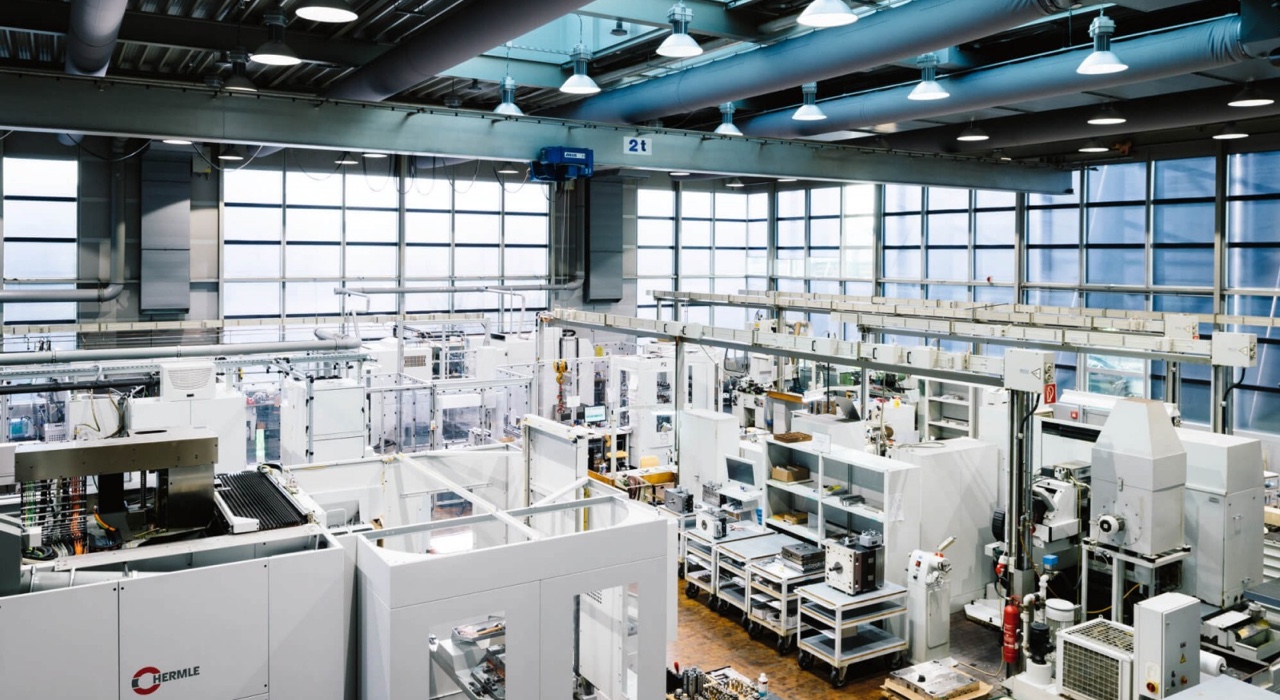
“When we develop a new series of writing instruments, we initially go into the project with completely open minds. At the start, there is always a product idea and a relatively rough description of the objective – then we look for a suitable designer who could create it.” Lamy does not have its own design department and instead works with an external designer on every single one of its products. Its partners include international greats such as Naoto Fukasawa, Franco Clivio, Mario Bellini and Jasper Morrison, who designed the new LAMY aion.
“Of course there are guidelines,” says Achenbach.
“We call them the design corridor, in other words the dos and don’ts of Lamy design. Apart from that, we give the designers a free hand during the initial stage so that the designs we receive are as innovative as possible.” Only when a decision has been made as to which ideas should be pursued does an analysis of the technical restrictions start. What is feasible? Do the ideas stand up to the requirements for functionality, ergonomics and user friendliness? What has to be improved? From this point, the design and construction work takes place hand-in-hand with the design being inextricably linked to the technical expertise of Lamy engineers.
This close combination of creative and engineering minds is the main driver of innovation, says Achenbach. “Our aim is to overcome the limits of technical feasibility again and again. If we are convinced by a design, but we are unable to produce it, our engineers attempt to find new production processes to make the whole thing possible.”
And this is exactly what happened during the development of the LAMY aion. The body and cap on this model appear to be a single piece – a completely new idea in the production of writing instruments for which to date there have been no production processes available. Finally, Lamy found a supplier with the expertise required. A special process means that it is now possible to shape the aluminium housing parts beyond what was previously possible by means of a deep drawing technique.
The result is a flawlessly smooth surface – without any seams, joints or shoulders.
The finish also presented a challenge to the engineers. “We knew exactly what we wanted: the finish had to look like the fine grooves of a vinyl record, if possible with the same iridescent effect,” explained Marco Achenbach. “Unfortunately, a finish of this type would be very susceptible to scratches and impacts and would also be very expensive.” So the engineers found a solution: they combined two standard finishes which Lamy has been using successfully for decades. The combination of a cyclical matt finish and brushed matt finish created the cyclical brushed matt finish. “This enabled us to get very close to our original vision. Design is always a bit of a balancing act – the creative ideal on the one hand and technical necessity on the other.”
The special finish on the model is achieved in several stages. First of all, the individual components are brushed. “The difficulty in this case was automation,” says Achenbach. “There simply wasn’t a process available to complete this stage at low cost and in a short time.” The engineers therefore designed and programmed a robot arm which moves the individual parts over the abrasive track, which means the entire process does not take more than 20 seconds.
After this, the aluminium components undergo surface finishing and finally are anodised.
And that’s it! Or is it? Not quite: “Before the LAMY aion leaves the Lamy plant in Heidelberg, it always undergoes a manual and visual inspection by our quality control staff once manual assembly has been completed,” says Achenbach. “There isn’t a machine in the world that can replace that.”
